Coral Reef Application
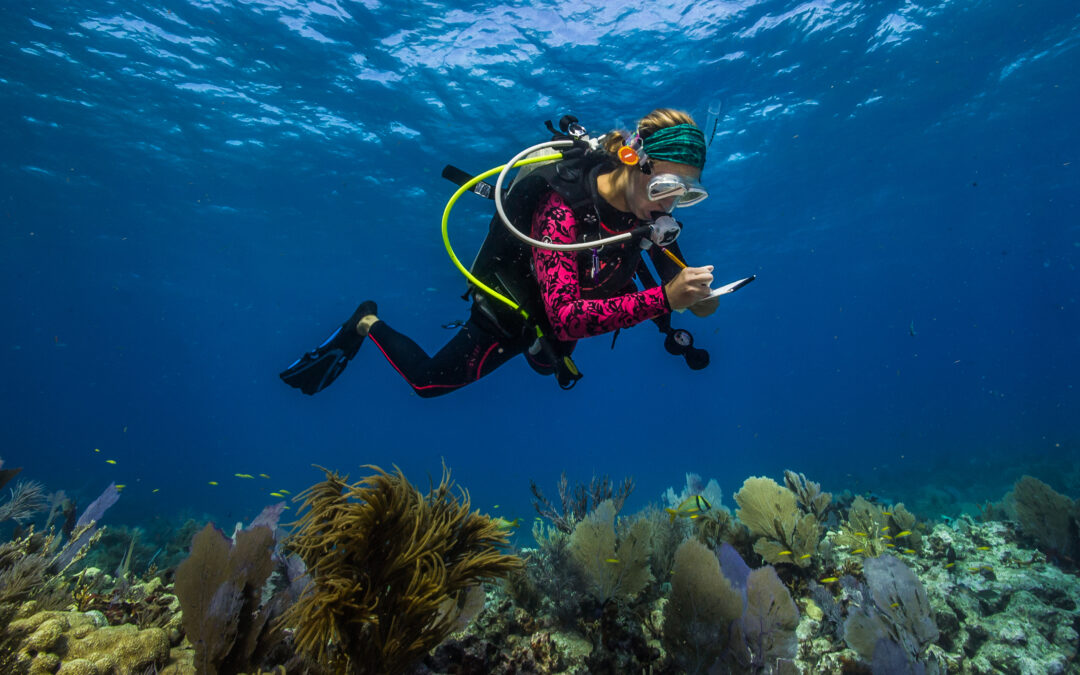
Project Update: Ground Truth Coral Bleaching
Coral reef bleaching is undoubtedly one of the most pressing environmental issues of our time. Reefs are the most biodiverse of all marine ecosystems, harboring an estimated 25% of all marine species despite covering less than 1% of the ocean floor. They are among the...
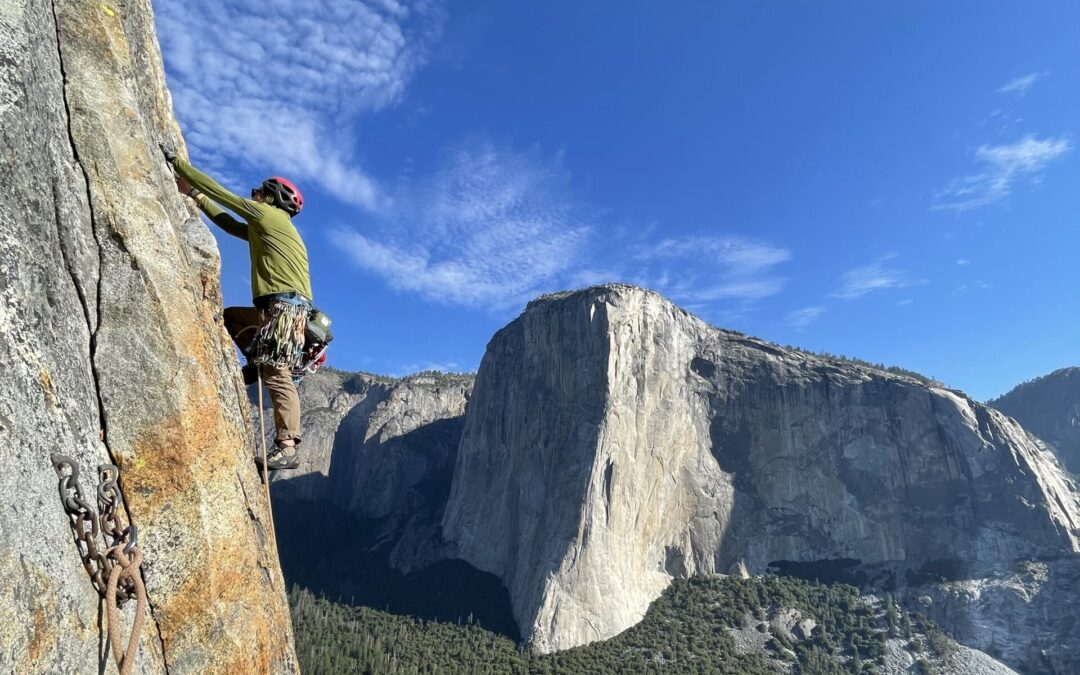
Citizen Science: Net Positive Impact
As a climber, I have always been proud to be part of a culture that celebrates minimizing our collective impact on wilderness. We strive to be good stewards of the playgrounds we recreate in, whether it be sea cliffs, lowly boulders, limestone caves or the hallowed big mountains. Hopefully, we take the time to stay on trail, pick up a wrapper or two and, when in a pinch, pack our poop out. Pun intended. Alas, it is a humbling truth that no matter how hard we try to tiptoe our way through the backcountry we will inevitably leave some sort of impact.
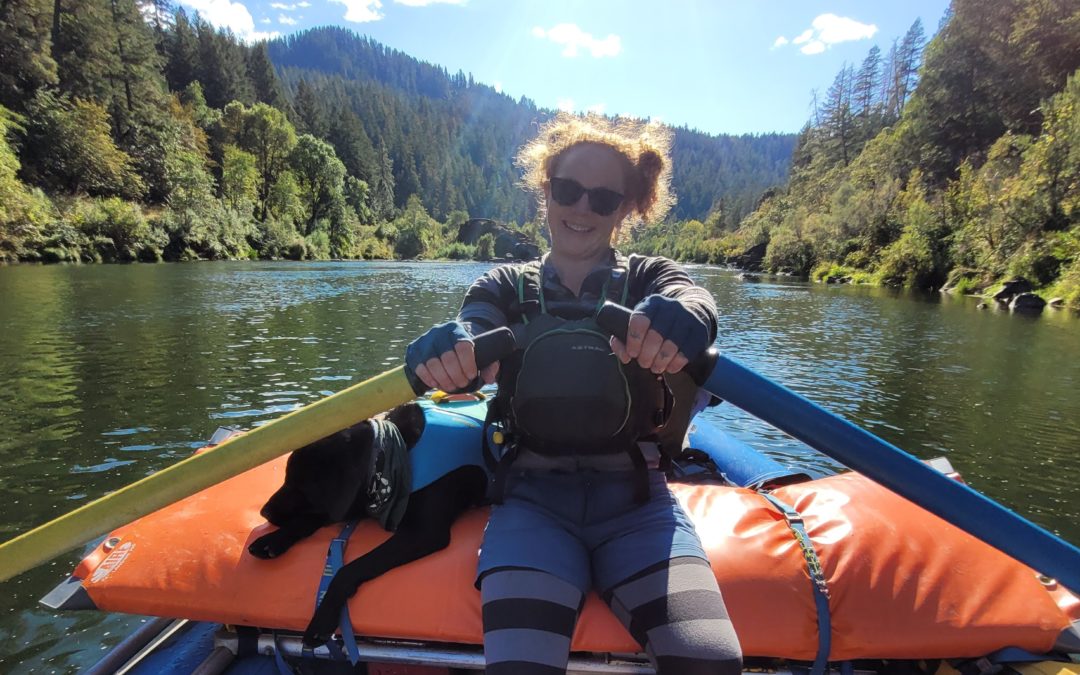
Guest Post: Going Rogue for Science
Abigail Taylor shares her experience volunteering for Adventure Scientists' Wild and Scenic Rivers project, which provides water quality data to river managers of some of the most treasured waterways across the United States. In September 2022, she led a crew of...
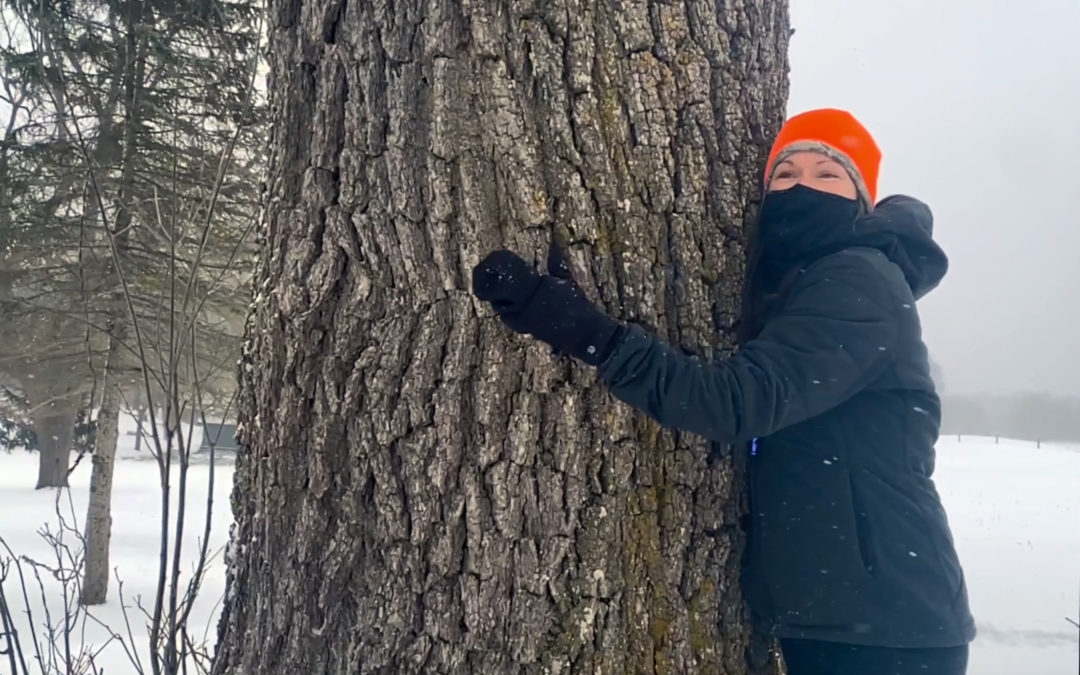
Volunteer Spotlight: Emily Marvel Tracking Timber
Meet Emily Marvel! In her short video, Emily shares why she volunteers with Adventure Scientists' Timber Tracking project. The project activates and trains volunteers to collect leaves, twigs, and cores from tree species typically targeted by timber theft,...
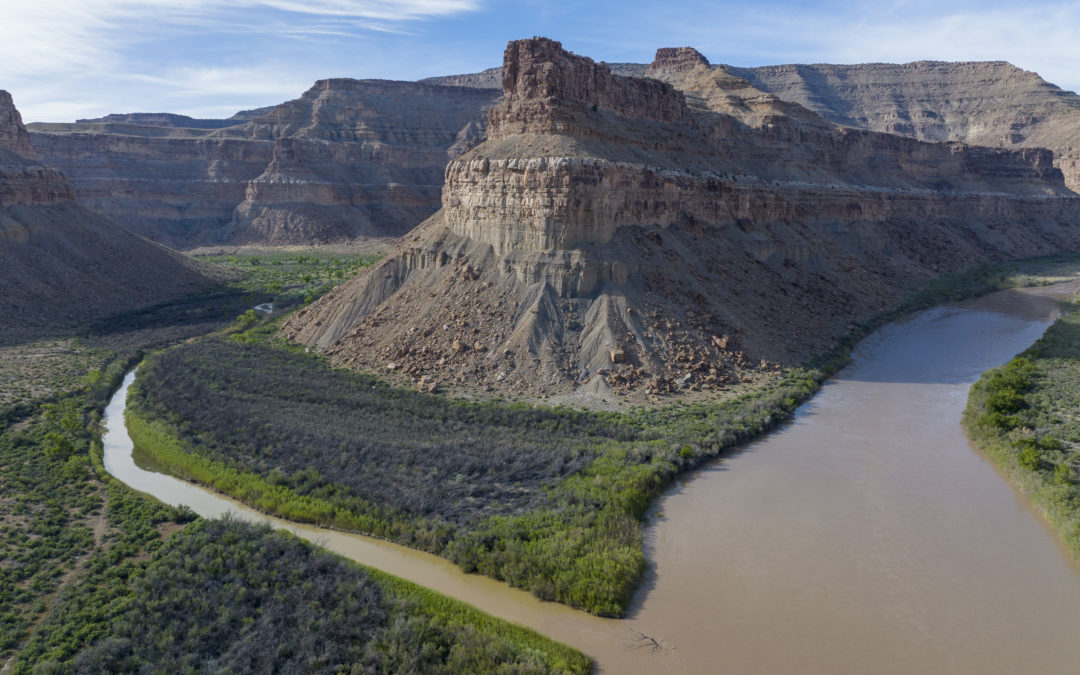
Volunteer Spotlight: Seth Anderson on the Green River
Earlier this year, a volunteer with our Wild and Scenic Rivers project shared some stunning photos from his expedition to collect water quality data. We caught up with Seth Andersen, a third-generation Coloradoan living on the western slope of the Rockies. Learn more...
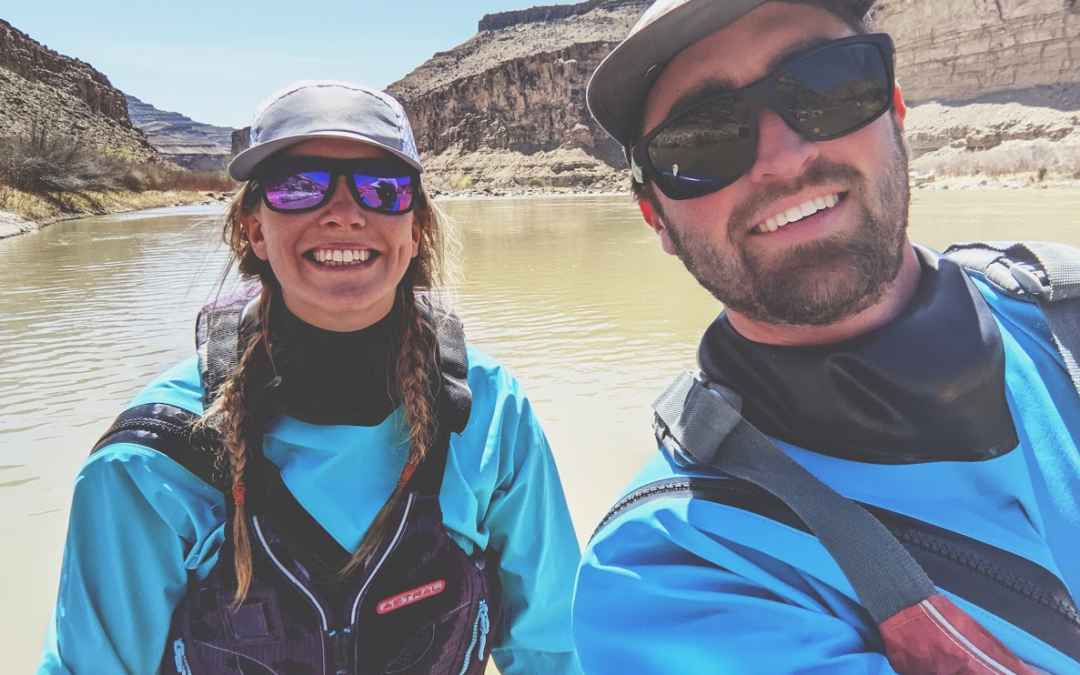
Guest Post: Green River Adventures
Have you ever gone far into the wilderness and wondered how scientists get data from such remote places? Sometimes scientists go with instruments stowed in expedition packs, but others depend on Adventure Scientists. Volunteer Lindsay Hunt shares her adventures during...
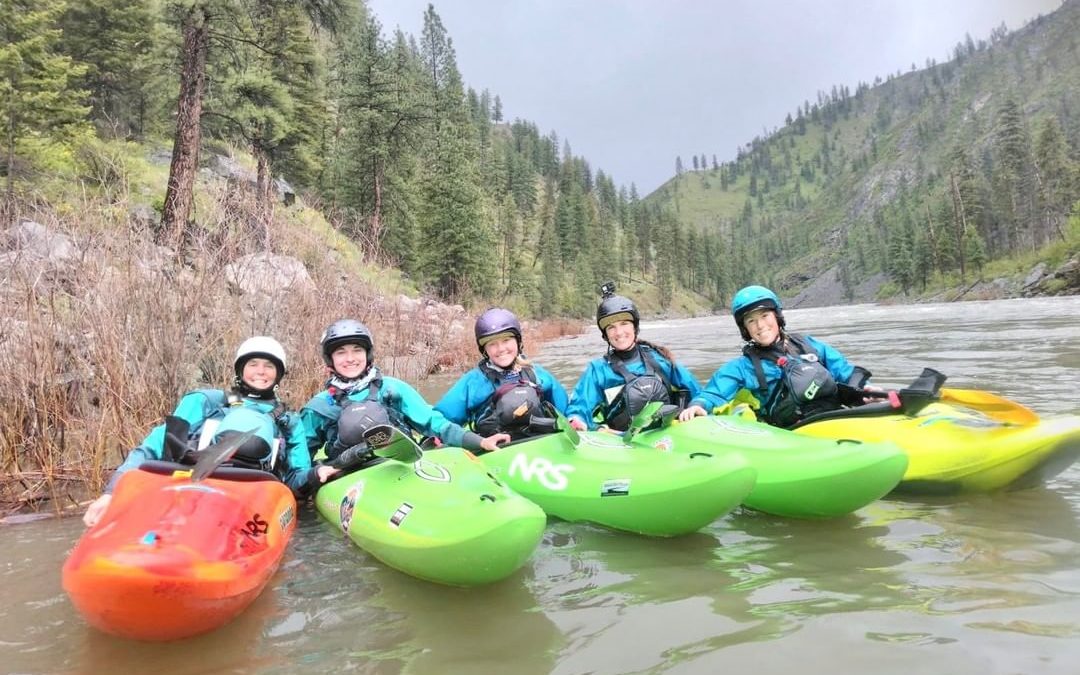
Guest Post: The Grand Salmon Source to Sea Expedition
How do conservationists speak for the animals and places that need protection? From gathering scientific data to storytelling, conservation has many tools to draw on. This summer, four women are giving voice to a river and its ecosystem by embarking on an epic 1000+...
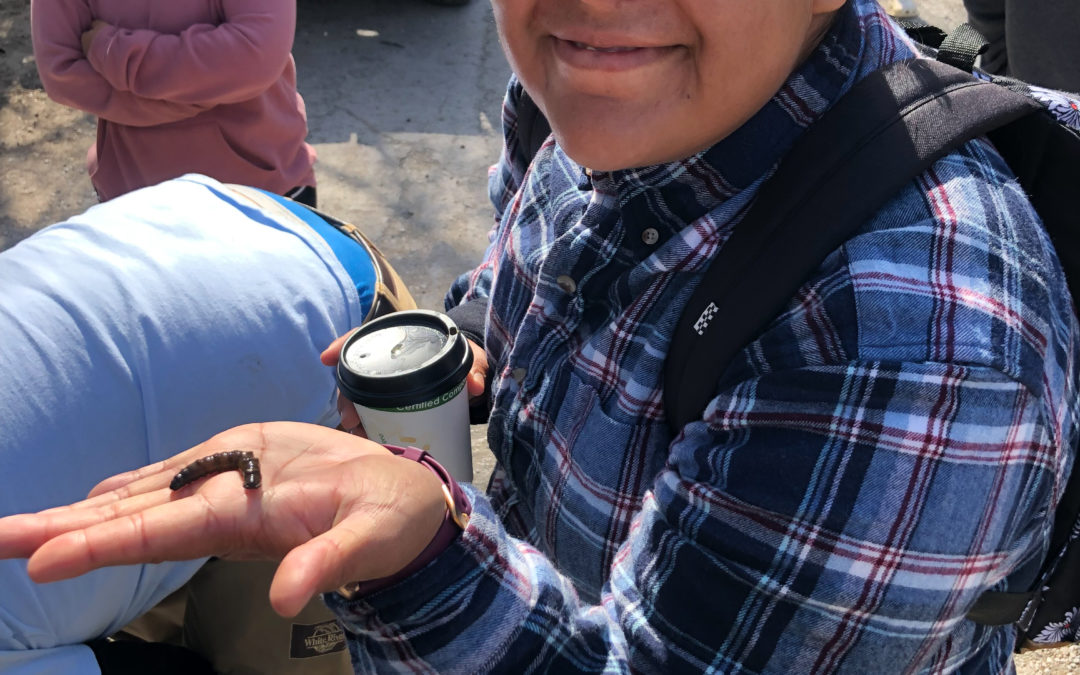
Guest Post: Genuine Relationship Building for Conservation
Adventure Scientists is thrilled to share this essay from friend of the organization Magali Rojas. Magali and friend Aida Winters helped to demonstrate protocols for our Timber Tracking: Eastern Black Walnut training in 2021. She works with the Heartland Conservation...
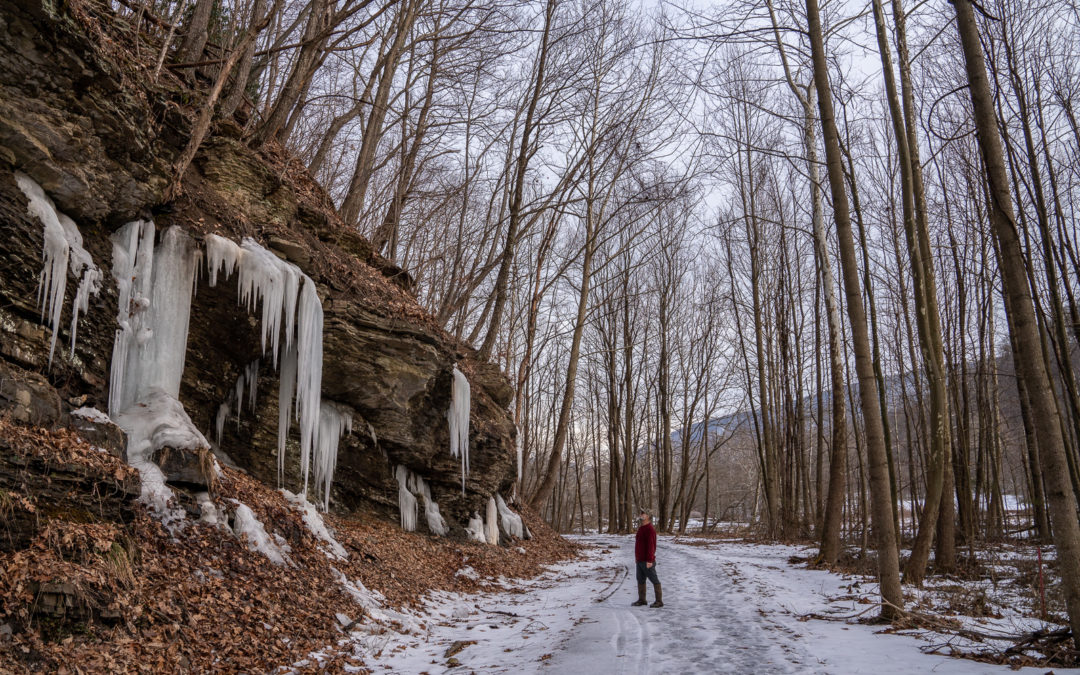
Guest Post: Black Walnuts on the Black Fork – Citizen Science Close to Home
Note: We are thrilled to feature this article from Dylan Jones, who volunteered with us for the Timber Tracking: Eastern Black Walnut project. Read the article here or where it was originally published in Highland Outdoors, West Virginia's only independent outdoor...
